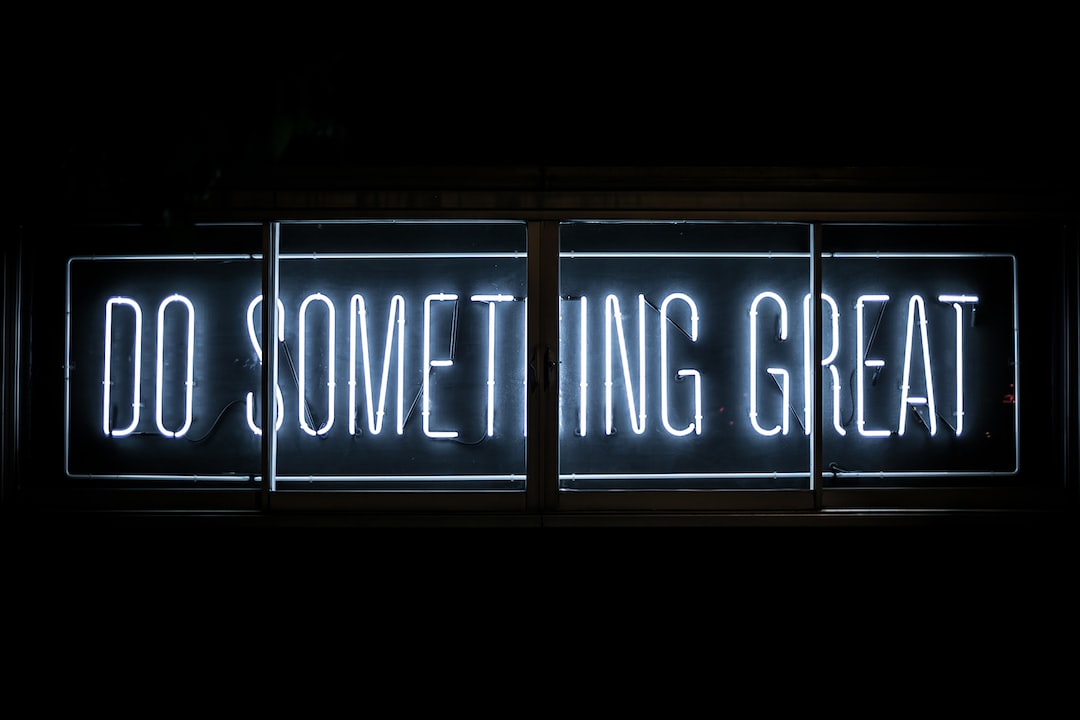Breaking Barriers: Overcoming Gender Bias in the Workplace
Gender bias has been a persistent issue in workplaces around the world. Despite societal progress towards gender equality, women continue to face barriers and stereotypes that hinder their professional growth and limit their opportunities. It is crucial to address and overcome these biases to create an inclusive and supportive work environment.
One significant barrier women encounter in the workplace is the gender pay gap. Studies consistently show that women, on average, earn less than their male counterparts for performing the same or similar roles. This pay disparity not only affects women’s financial stability but also serves as a tangible symbol of gender inequality. Addressing the pay gap requires organizations to enforce equal pay policies and provide transparent salary structures, which help remove bias and promote fairness.
Another aspect of gender bias is the underrepresentation of women in leadership positions. Despite comprising almost half of the workforce, women are significantly underrepresented in top managerial roles. This leadership gap is often attributed to implicit biases that associate leadership qualities with masculine traits. Breaking this stereotype requires challenging traditional notions of leadership and recognizing the unique contributions and skills that women bring to the table. Organizations must provide mentorship, sponsorships, and leadership development programs to nurture and promote talented women.
Stereotypes and bias also impact career advancement opportunities for women. They often face an uphill battle when trying to break through the proverbial “glass ceiling.” Stereotypes reinforce the belief that certain positions or industries are more suitable for men, perpetuating gender-based barriers to professional growth. To overcome these obstacles, organizations must create an inclusive culture that rewards merit and provides equal opportunities for career advancement. Implementing diverse hiring practices, mentoring programs, and leadership pipelines can help break the cycle of gender bias.
Work-life balance is another area where gender bias prevails. The expectation that women are solely responsible for caregiving and domestic chores often hinders their professional growth. Flexible work policies, parental leave, and on-site childcare facilities are crucial in supporting both women and men in balancing their personal and professional responsibilities. By promoting work-life balance, organizations can create a more inclusive workplace that values the contributions of all employees.
Creating awareness and education about gender bias is essential in overcoming these challenges. Advocacy groups and initiatives can help raise awareness of the barriers women face, encourage dialogue, and seek practical solutions. Training programs should be implemented to address unconscious biases and educate employees about the value of diversity and inclusion.
Leaders have a vital role to play in breaking down gender biases. They must lead by example, championing equal opportunities and making diversity a priority in their organizations. By setting clear expectations, holding employees accountable, and fostering a culture of respect and inclusivity, leaders can create an environment in which everyone can thrive.
Overcoming gender bias in the workplace is not just a moral imperative; it also makes good business sense. Diverse teams are more innovative, creative, and better equipped to solve complex problems. Embracing diversity and breaking down gender barriers fosters a positive work environment that attracts and retains diverse talent, leading to better business outcomes.
In conclusion, breaking barriers and overcoming gender bias in the workplace is crucial for creating a more equitable society. Organizations must take proactive steps to address and eliminate gender bias by implementing policies that promote equality, diversity, and inclusion. It is only then that we can harness the full potential of all individuals, regardless of their gender, and create a more inclusive and successful workforce.

